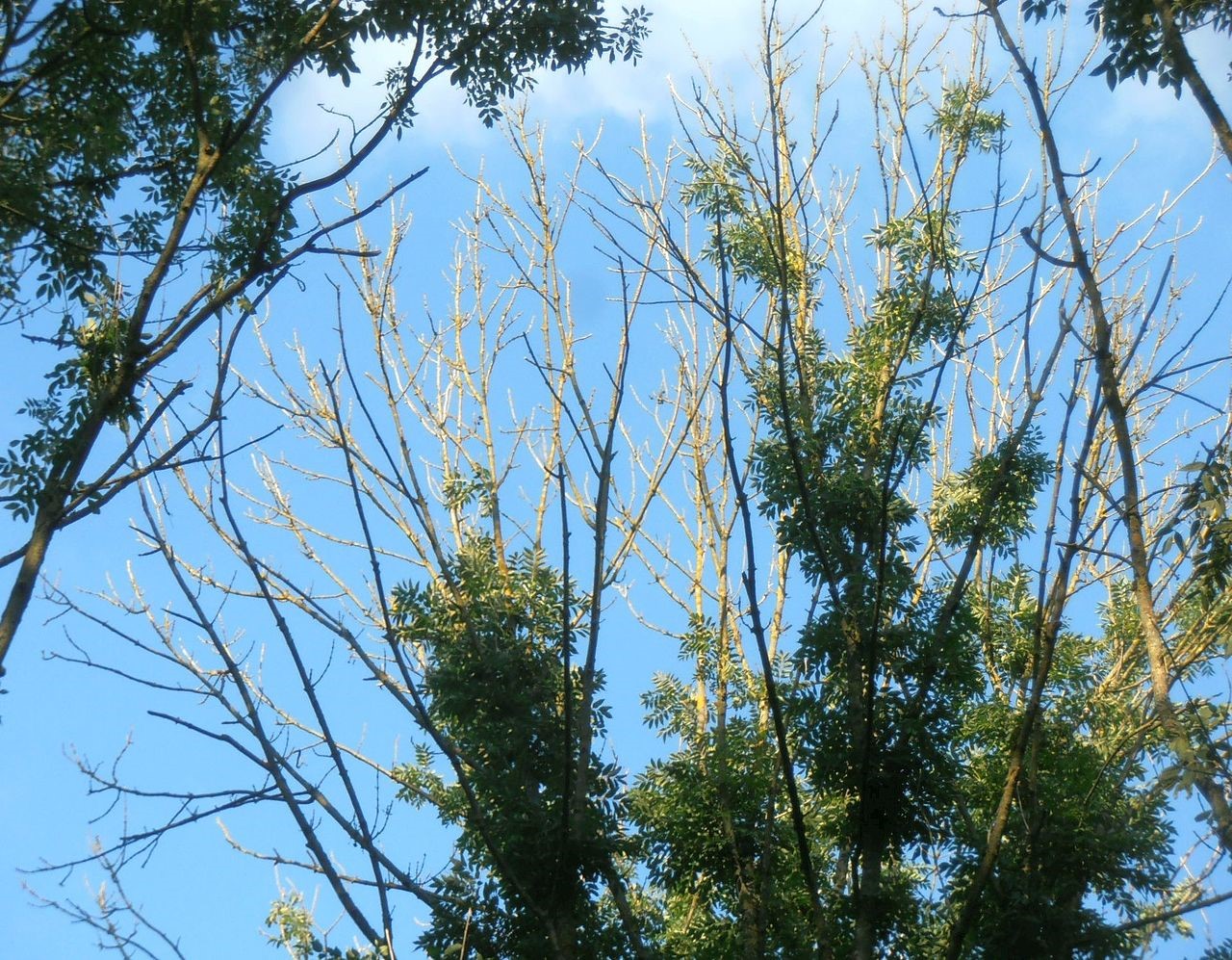
By Sarang – Own work, Public Domain, https://commons.wikimedia.org/w/index.php?curid=41997941
Much was made by all the political parties in December’s general election about tree planting to mitigate the effects of climate change. Recently, even Donald Trump has committed to it! However, nobody mentioned the clear and present danger posed by a fungal invader to the 150 million Ash trees that are such a dominant feature of the British landscape. 125 million of these are found in woodland.
The fungus, Hymenoscyphus fraxineus, arrived from Asia into mainland Europe in 1990s. The first official report in Britain came from a nursery in Buckinghamshire in 2014 although research suggests that it was present in UK as early as 2004. The fungus blocks the movement of sap and causes symptoms ranging from leaf spots to branch dieback. Current estimates are that, once infected, some 70 – 85% of Ash trees will die with only a few resistant individuals surviving. The rate at which trees decline once infected varies but a 10 – 15% loss of canopy in a year is typical. Some trees decline much more rapidly. The infection is spread by tiny spores which are produced by fruiting bodies from the stems of fallen ash leaves. The disease is now recorded from two-thirds of England’s geographic area.
Apart from the loss of biodiversity and the change to the look and feel of our countryside, there are likely to be severe economic consequences. Some 4 million Ash trees are found in urban environments (4% of all urban trees) where the risk of falling boughs from diseased trees will present a risk to the public. In addition, Highways England estimate that there are at least 4 million Ash Trees next to the road network, whereas Network Rail believe that there are approximately 400,000 Ash adjacent to railway lines. Many of these will need management in order to make them safe. Some counties like Herefordshire will be severely impacted. Mature Ash trees are thought to account for more than 50% of the non-woodland tree canopy. . The last time anything like this happened in Britain was Dutch elm disease which killed something like 25 million trees in the 1960s and 70s and transformed the landscape.



